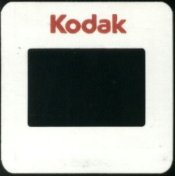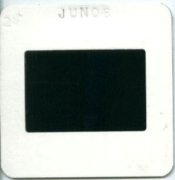Ah yes, the Kodak DCS systems. I remember seeing the Nikon body on that "rack-of-a-back" around March 1998. It had to be mounted on robust tripod due to its size, weight, and need to be nearby a serial receiver (e.g., a computer, which in every instance I saw a DCS setup, that computer was always a Power Mac, usually the "G2" generation, though not named as such). Medium to larger ad agencies with the need to offer in-house imaging for their clients' products (think of a weekly ad circular for your local major supermarket) went to DCS due to its exceptionally rapid (at the time) turnaround and, given high volume, lower costs for lower-res needs. I seem to remember the Nikon DCS was built on an F4 body, or else it was the F90.
I think kodachrome64 defines why those still using Kodachrome prefer it: the psychology of colour. While one aim for interpretive colour is to reproduce exactly what is present, the human mind records colour experiences subjectively based on any number of reasons. The value of looking to different colour film stocks for different purposes is why there's not only ardent loyalty for photographers interested in a particular style (e.g., landscape shooting with Velvia or weddings with Portra), but also what makes the creative latitude so inviting for photographers who come to learn the quirks of different film stocks — using particular ones for particular themes or situations. Why else would some photographers have gone through exceptional efforts to shoot Ektachrome EIR? Clearly their journey as a photographer wouldn't end when a film stock is ended. They'd merely turn to whatever else was available and experiment from there.
When Kodachrome disappears (as much as I'm wont to say "if"), I would only be appeased to find another stock exhibiting the virtually same colour/lighting/layering characteristics as Kodachrome. For reasons of process, novel chemistry, and structure, this is not likely to happen, nor have I found one. And while there might be filters out there in the computery world to mimic film stocks' colours, light rendering, and grain patterns, it falls short of working with the very medium lost to such mimickry. Rather, I'll continue to explore film stocks for certain qualities and use them for essays and themes I'm working on (like shooting with Fuji Fortia SP for aurora borealis shots -- if you'd like to try it before I do, go right ahead!).
OK. This has strayed from the topic of Kodachrome labs, so I'll end the digression.














